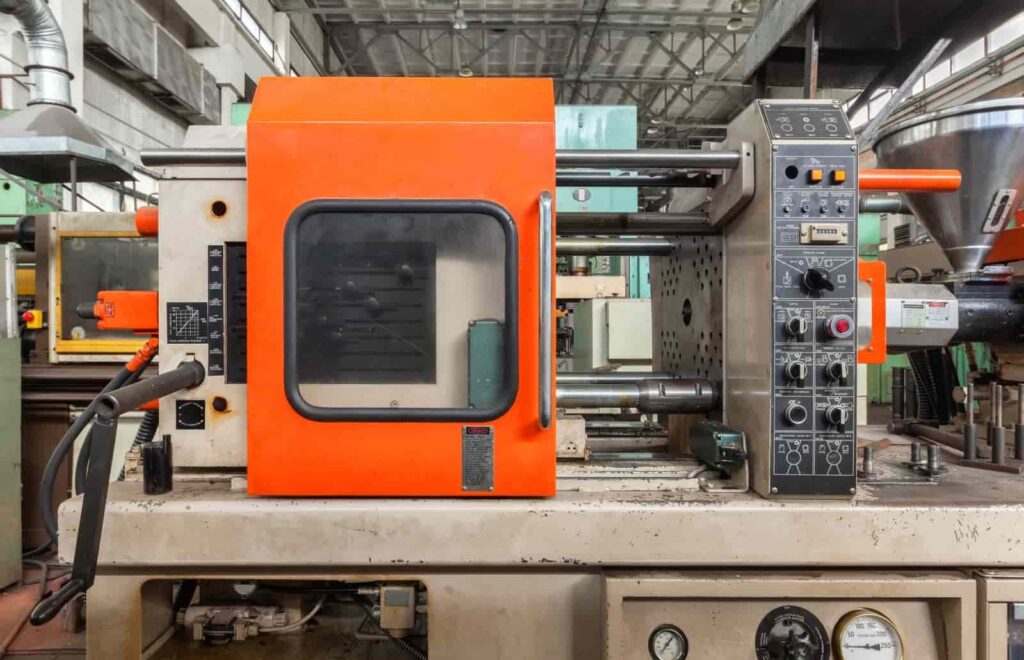Injection moulding is one of the most popular and advanced plastics processing technologies. It enables obtaining products of complex shapes, precise dimensions and excellent surface quality. It comprises several stages required to achieve optimal results.
Material preparation and pre-heating
The first stage of injection moulding is the preparation of the material, namely, plastic to be processed. Plastic may be supplied as granules, powder or a liquid mixture. Next, the material is heated up to an appropriate temperature, usually in the 150–350°C range, to obtain plasticity properties required for moulding. Special heating devices, such as heating cylinders or dryers are employed for this purpose.
Injecting plastics into a mould
The next stage involves injecting hot plastic into a mould. Injection mould manufacturers usually make them from steel, in a shape that reproduces final product appearance. Plastic is injected under high pressure, to fill all mould crevices and nooks. The process is controlled by specialized injection machines that enable precise dosage of plastic amount and maintaining appropriate process parameters.
Plastic cooling and solidification
After plastic is injected into a mould that can be found in the product portfolio of Noex, a manufacturer of plastic products, the cooling and solidification stage follows. As temperature decreases, the plastic begins to harden and take its final shape. Cooling is required to consolidate product dimensions and ensure its mechanical properties. Cooling time depends on numerous factors, such as product wall thickness, plastic type or mould temperature. It should be noted that appropriate cooling parameter matching is crucial to finished product quality.
Removing a finished product and quality control
The last stage of the injection moulding process is removing a finished product from a mould and its quality control. After a sufficient cooling period, the mould is opened and the finished product removed via special mechanisms or manually. This is followed by quality control, which involves verifying product dimensions, surface appearance and mechanical properties. In the event of identifying irregularities, the process may be corrected to obtain optimum results.

